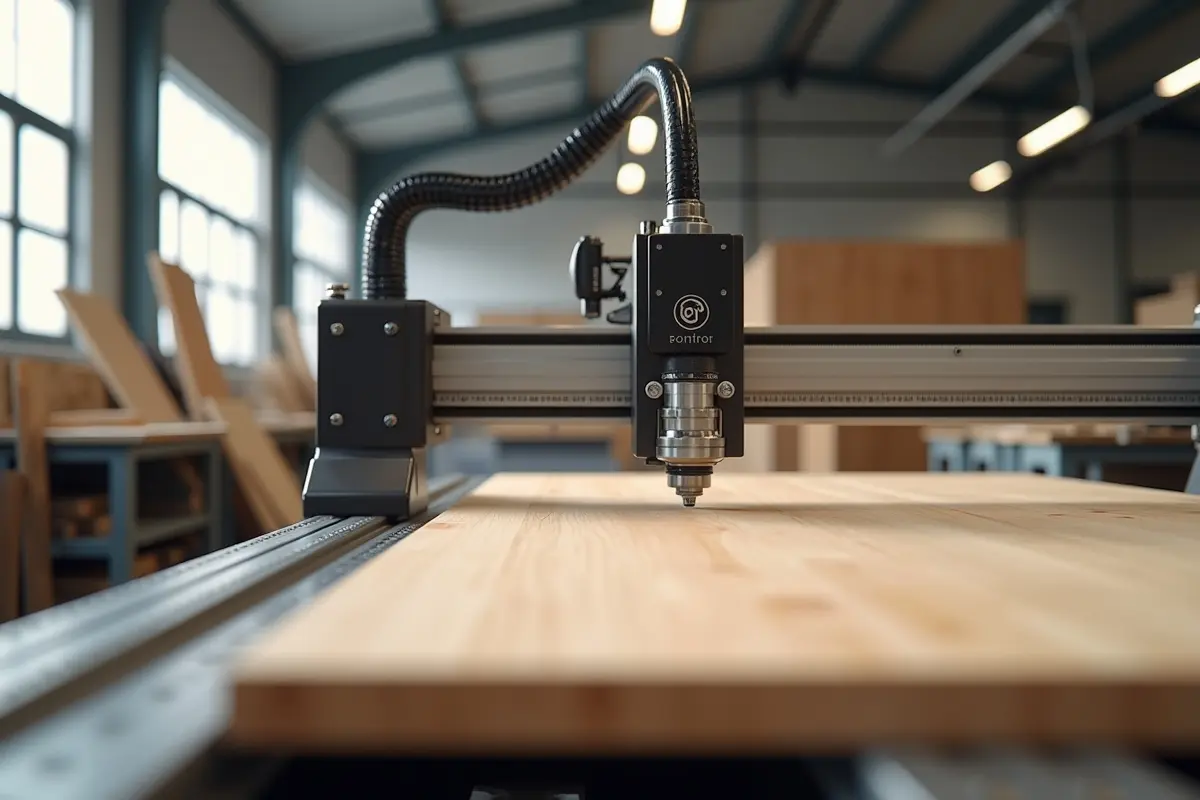The woodworking industry is undergoing a technological transformation, as customer demand for curved panels and intricate shapes continues to increase. Precision, flexibility, and speed have emerged as top priorities for manufacturers striving to meet modern design requirements.
Among the solutions leading this shift are semiautomatic contour edgebanding machines—systems that deftly blend human oversight with automation to deliver intricate edge finishing on non-linear components. For businesses seeking enhanced versatility and throughput, selecting an industrial edge banding machine with advanced semiautomatic functionality can be a critical step toward optimizing production.
Unlike fully manual or rigidly automated options, semiautomatic machines uniquely engineer the process to streamline edge application while preserving necessary operator control. This hybrid approach allows for both mass production consistency and the custom touch essential for one-off and specialty projects, making them a valued addition to small workshops and industrial settings alike.
The role of these machines in modern manufacturing goes well beyond efficiency; they embody a broader commitment to quality and sustainability. Technological advancements such as eco-friendly adhesives and intuitive digital controls have further increased their appeal to companies committed to reducing waste and energy consumption.
With the woodworking market growing in both complexity and competitiveness, organizations are turning to innovative machinery to gain an advantage. The ability to master complex edges without compromising speed or safety is giving rise to new benchmarks within the industry, ensuring top-tier products that cater to rapidly shifting consumer preferences.
Contents
Features and Benefits of Semiautomatic Contour Edgebanding Machines
Modern semiautomatic contour edgebanding machines feature innovative capabilities that boost productivity. These machines also deliver a reliable, premium finish on even the most challenging surfaces. Here are some key benefits:
- Precision Control: Advanced feedback sensors and programmable logic controllers (PLCs) grant operators meticulous control over speed, pressure, and temperature, ensuring consistent and flawless edge application.
- Flexibility for Design Variety: The hybrid nature of these machines accommodates a broad spectrum of materials, ranging from traditional woods to modern synthetics, and enables seamless adaptation to varying curve radii and complex shapes that would challenge standard machines.
- Operational Efficiency: Automation significantly reduces manual labor demands, resulting in higher throughput, fewer errors, and shorter cycle times. Some systems even offer automated finishing stations, cutting, and buffing, making the entire process smoother and less labor-intensive.
- User-Friendly Interface: Many units now incorporate touchscreen displays and preset profiles, dramatically reducing setup times and making operator transitions easy and efficient.
Typical Use Cases and Industry Examples
Furniture, cabinetry, and architectural millwork manufacturers often utilize these machines to finish high-end, custom components or small-batch production runs. Their utility is especially prized in environments where product aesthetics and one-of-a-kind craftsmanship must coexist with repeatability and scalability.
Recent Innovations in Edgebanding Technology
Continued investment in research and product development is driving innovations in the edgebanding sector, with a focus on material handling, sustainability, and efficiency. Key advancements include the integration of advanced control systems for smarter operations, eco-friendly adhesives that eliminate visible glue lines while meeting environmental standards, and energy-efficient operations that reduce costs and energy use.
Additionally, these innovations enhance material utilization and reduce waste by utilizing durable, thinner bands and adhesives.
Maintenance and Training for Optimal Performance
Strong return on investment for any woodworking technology depends on consistent performance and longevity. Both consistent performance and longevity require diligent care and proper staff education. Regular upkeep and ongoing training are essential for achieving and sustaining top-tier output from semiautomatic contour edgebanding machines:
- Routine Maintenance: Scheduled inspections, cleaning routines, and timely part replacements can prevent costly downtime and preserve accuracy.
- Operator Training: Continual skill development ensures operators can quickly adapt to software or hardware updates, troubleshoot issues effectively, and maximize machine potential for varied projects.
Establishing a maintenance log, implementing manufacturer-recommended service intervals, and staying updated on the latest machine advancements are best practices. The woodworking field widely recognizes these standards. Many manufacturers offer on-site training programs and remote learning resources to keep operator skills current and operations compliant.
Conclusion
The evolving landscape of woodworking calls for smarter, more adaptable solutions, and semiautomatic contour edgebanding machines rise to the occasion. By delivering a unique combination of flexibility, precision, and efficiency, these machines empower manufacturers. They use this power to meet customer expectations for innovative design and superior quality.
Incorporating the latest advancements and prioritizing machine care enables woodworking businesses to maintain a leading edge. Operator proficiency is also essential for these businesses to succeed in a rapidly advancing market.



